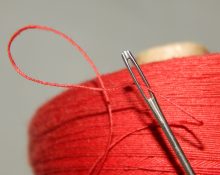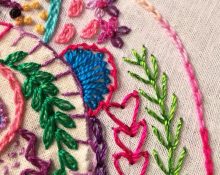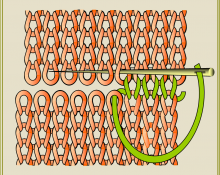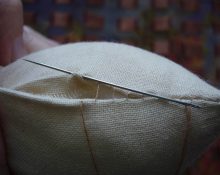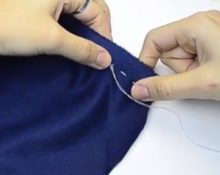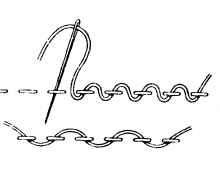Despite the development of modern technologies, many craftswomen still prefer to work with their own hands. This is especially true for sewing and embroidery. And if inconspicuous but durable seams are used to connect parts, then those that are distinguished by their attractive appearance are used for finishing. One of the most popular and at the same time easiest to making seams considered tambour.
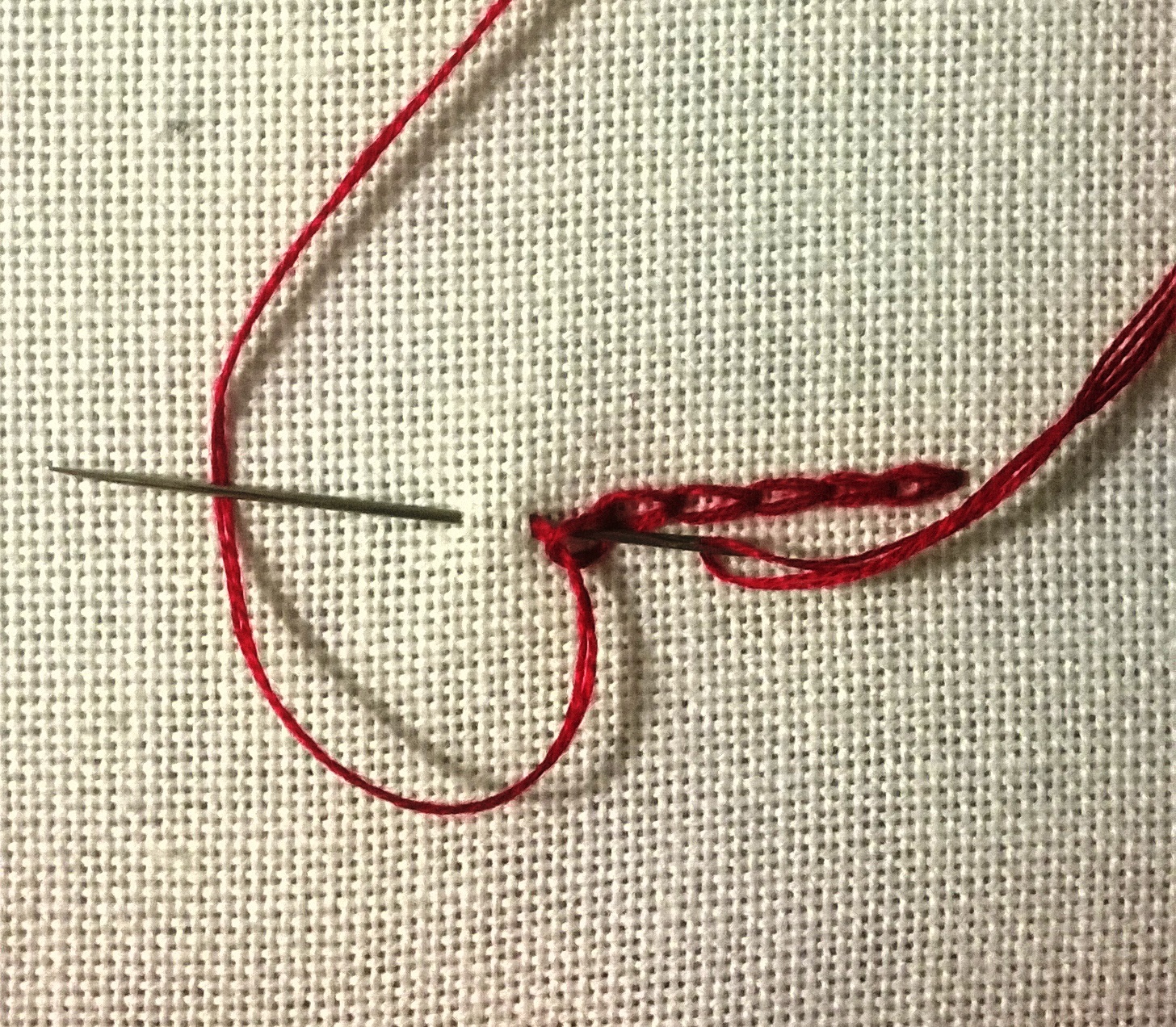
Kinds
In the world of needlework, there are about ten types of chain stitches. They differ from each other in the size and thickness of the stitch and thread, and the angle of the loops.
- Simple. Each loop is teardrop-shaped, with links emerging from one another. Used in embroidery when you need to lay a thin openwork line. Performed using the needle forward method.

- Open. The finished stitch resembles scales tightly adjacent to each other. The seam is laid along previously drawn parallel lines.
- Half open. Resembles zigzag triangles.

- Hungarian. Used to decorate clothes.

- Indian. Looks like a braided cord.Can be done with a needle from right to left or from top to bottom. It is used for embroidering large details, since the finished stitch looks like a tight braid.

- Wide. The needle is stitched forward with a reverse chain. Only in this case the loop is pulled through the previous link in the chain.
- Chess. To perform it, threads of different shades are usually used. It is created using a simple technique, but the loops are swapped.

- Zigzag. It is laid between two parallel lines. The needle is alternately pulled out to the right and then to the left.

Instructions: how to make a simple chain stitch correctly
Having mastered this technique, you will be able to figure out how to perform all other varieties:
- the thread is inserted into the needle and a knot is tied;
- pierce the fabric so that the knot remains on the wrong side;
- the needle is inserted back into the puncture, holding the thread;
- the needle is on the wrong side, while the thread is still on the outside;
- the needle is brought out at some distance from the place of the first puncture and passed through the formed loop;
- tighten until a small drop is formed.
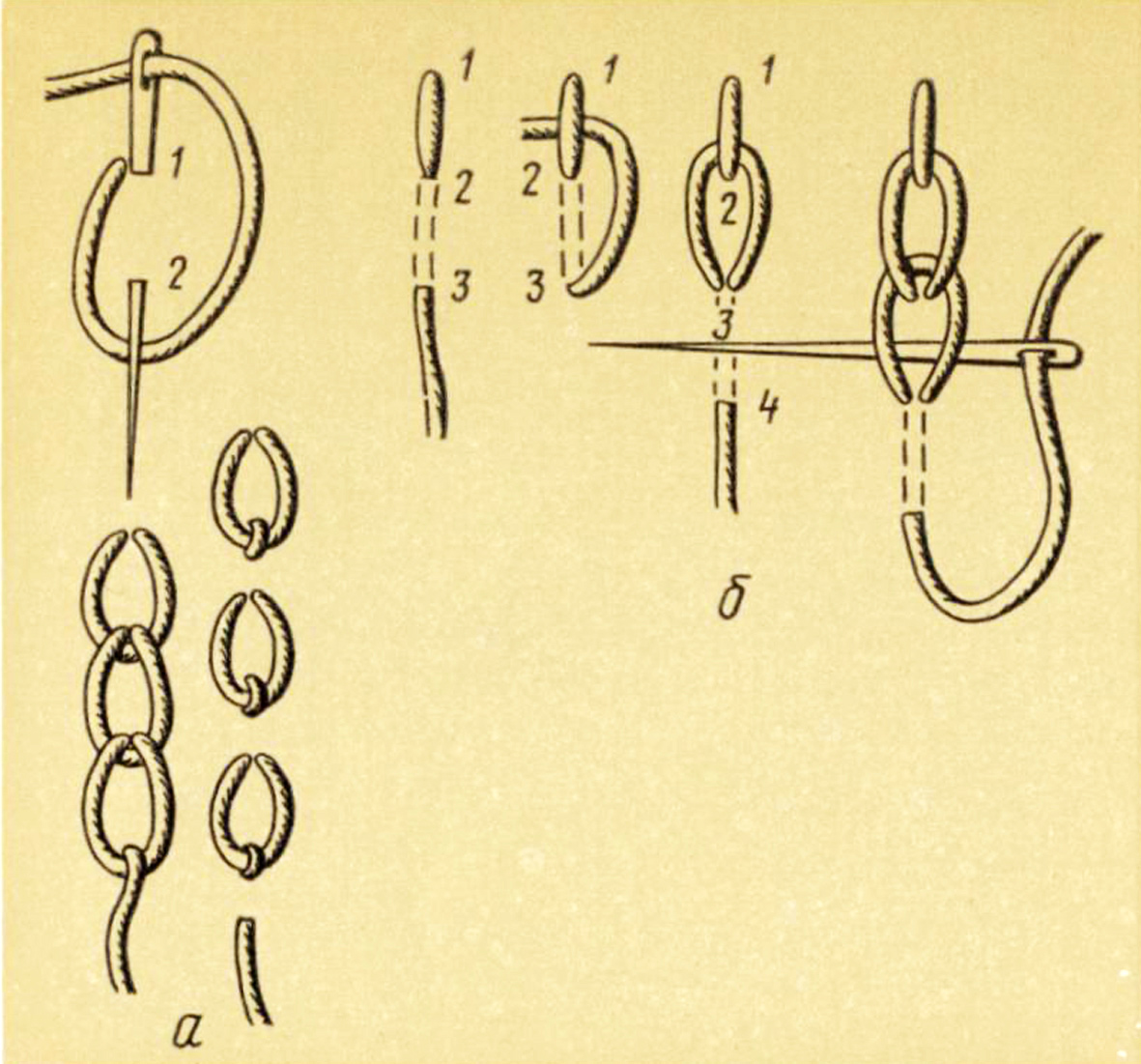
Similar actions can be done as many times as necessary to complete the assigned tasks.
To make the work look neat on both the front and back sides, the thread for creating a chain stitch can be secured with an invisible stitch. To do this, tie the end of the double thread with a small knot and insert a needle at the beginning of the seam from the front side. Then it is brought back in the direction of the embroidery stitch through one thread. Next, the needle is threaded through the end loop and carefully tightened.


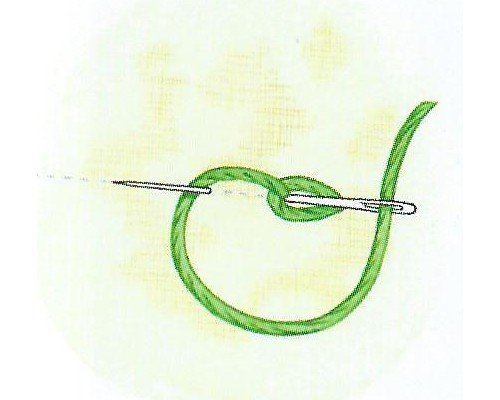

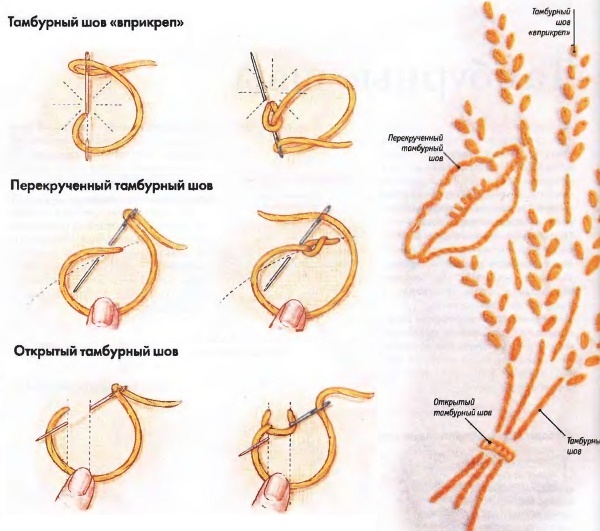
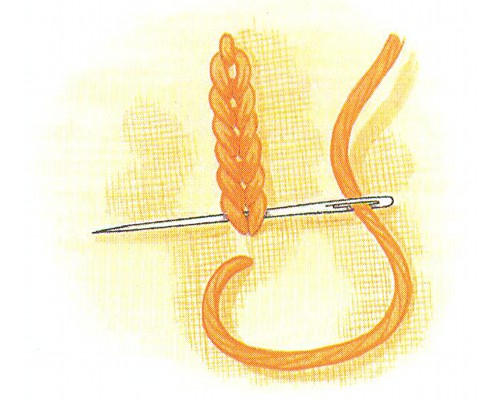

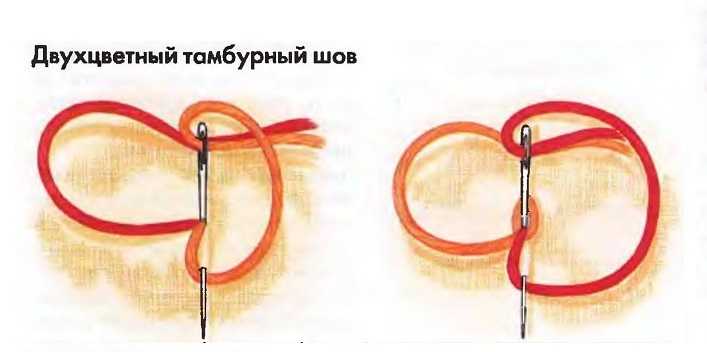
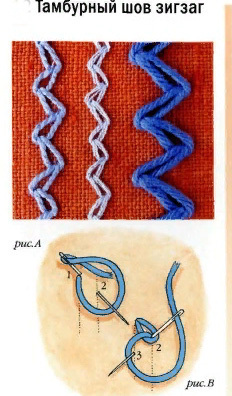
 0
0